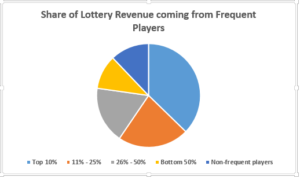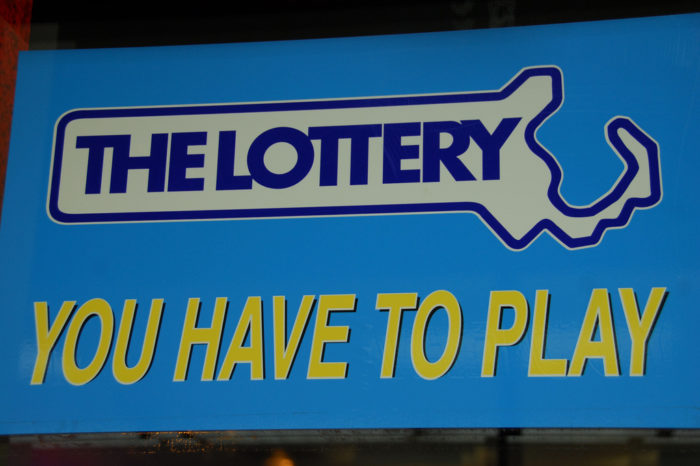How much do frequent gamblers contribute to Massachusetts Lottery revenues?
Each year, the Massachusetts State Lottery conducts an annual tracking survey of its players. The purpose of the survey is to analyze, among other things, spending patterns, advertising awareness, and social media adoption. Pioneer Institute, through a public records request, received access to the Massachusetts State Lottery Commission’s 2016 Annual Tracking Survey PowerPoint presentation – a comprehensive summary of this year’s findings.
The survey brings to light a great deal of information, but one section titled “Player Segments” is particularly compelling. Here, the Lottery describes the spending patterns of frequent Lottery players (i.e. people who play the Lottery at least once a month).
Consider this: the Lottery made $5.23 billion in sales for FY 2016. According to the survey, $4.6 billion of that came solely from residents who play either weekly or monthly. These frequent players make up well over 80% of the Lottery’s revenue. And that data can be broken down even further. The top 25% of frequent players account for 67% of the original $4.6 billion. Since around 38% of Massachusetts residents over the age of 18 play the Lottery frequently, this means that well over half of the Lottery’s revenue comes from around 10% of adult-aged Massachusetts residents – meaning they alone contributed over $2.3 billion to the Lottery. By a rough estimate, these extreme frequency players are spending a little over $6,000 per year ($115 per week) on the Lottery.
That number is perplexing, and it raises a host of questions. Namely, how much is the State profiting off of compulsive gambling? A newly published UMass-Amherst study estimates nearly 10% of Massachusetts residents are either at-risk or problem gamblers, which almost perfectly matches the number of extreme frequency Lottery players mentioned above. This fact takes on greater weight when considering Massachusetts, through advertising, tries to convince people they should gamble more. The Lottery advertising budget has increased steadily over the last few years, and as of 2016, eclipsed $7 million. There is a stark difference between passively benefiting from casual gambling and actively encouraging at-risk gamblers to spend more. Massachusetts does not want to fall on the wrong side of this line.
Based on the above data, it seems that at least a good chunk of the Lottery’s revenue comes from at-risk or problem gamblers. Beyond the ethical implications raised by this fact, it should be asked: does Lottery spending consume a burdensome portion of frequent players’ net income? And if so, how much?
The next part of this series will take a look at these questions.



